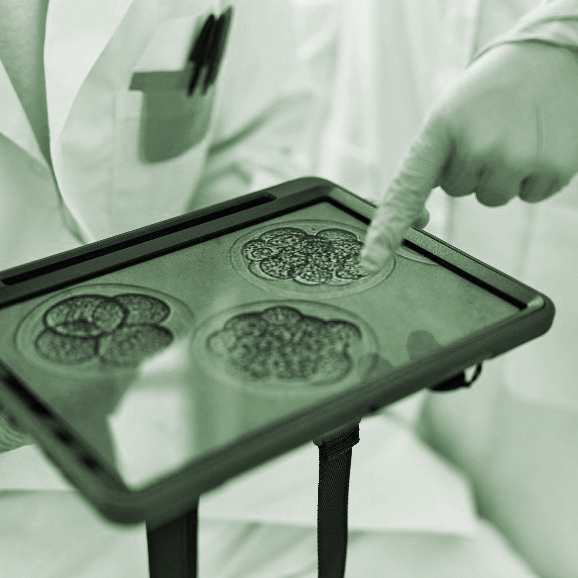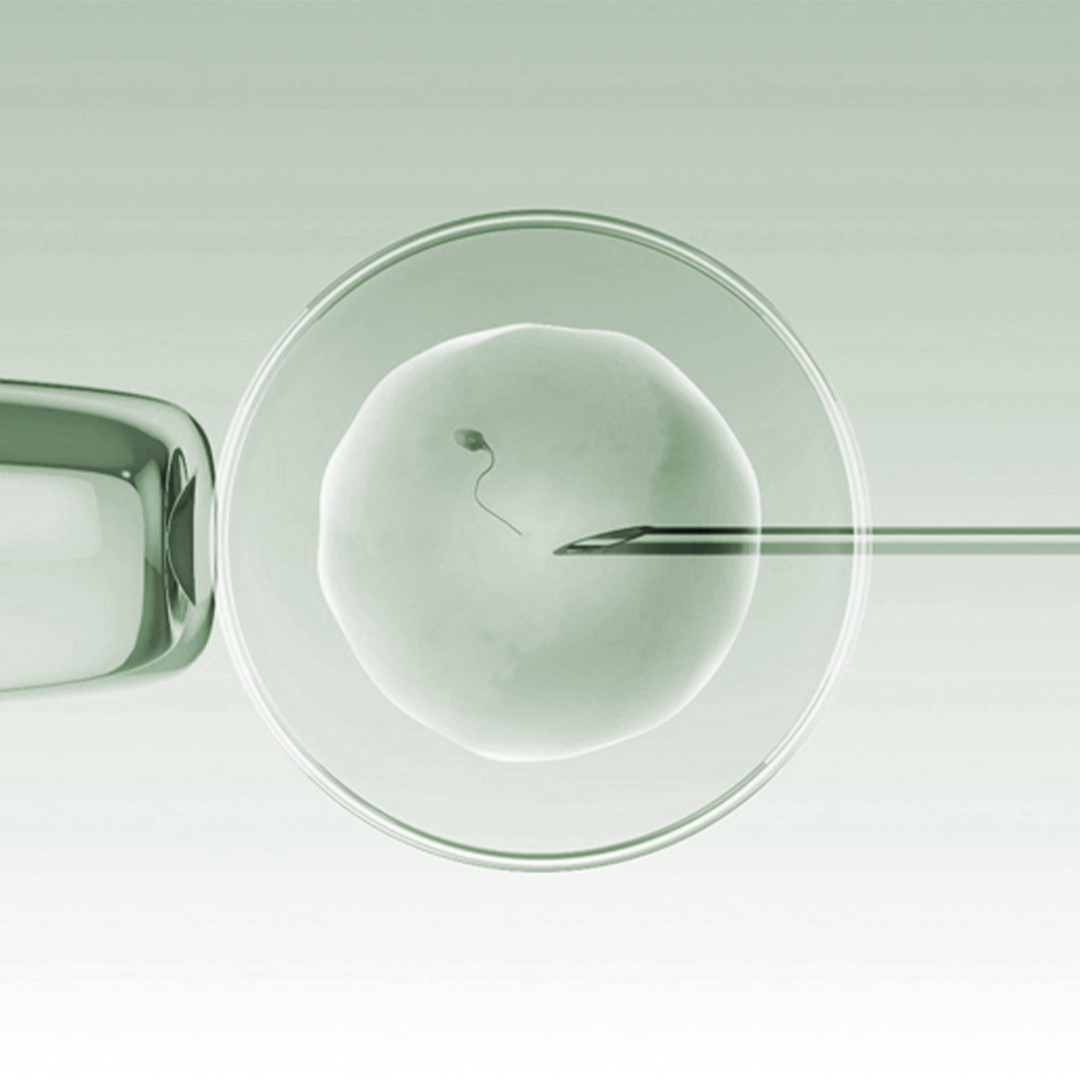Our clinical studies are conducted with a stringent set of protocols and ethical standards to ensure insightful and unbiased results. Here are our ongoing clinical studies
Description: This study aims to validate ora®, a non-invasive endometrial receptivity test utilizing microRNA biomarkers in the blood. ora® accurately identifies a patient’s window of implantation, informing the timing of personalized embryo transfer.
Status: Ongoing
Study Objective
Our primary objective is to demonstrate the clinical benefit of ora® in enhancing implantation success rates in eligible patients with a history of failed implantation.


This clinical study evaluates OPAL, a device specifically designed to assess the quality of human oocytes and how they impact the fertilization rate, blastocyst formation rate, implantation rate, clinical pregnancy rate and live birth rate.
Inti Labs has partnered with Lee Women’s Hospital to conduct this study.
Our research findings are disseminated through peer-reviewed publications, contributing to the scientific understanding of IVF. Here are some of our notable publications:
Description: Our results demonstrate the potential of utilizing specific endometrial miRNAs as diagnostic biomarkers for predicting repeated implantation failure due to displaced window of implantation. The reproductive disease-related PanelChip we developed exhibited an accuracy exceeding 90% in predicting patients’ displaced window of implantation.
Published: April, 2021


Description: MicroRNA expression profiles from blood samples offer a non-invasive means to distinguish the three endometrial receptivity statuses. Our model from this study achieved an overall prediction accuracy of 95.9% in this regard.
Published: December, 2023
Description: The reproductive-related PanelChip® that analyses microRNA expression profiles could identify the optimal timing for embryo transfer with an accuracy of 93.9%, a sensitivity of 85.3%, and a specificity of 92.4%, showing a high promise of utilizing miRNA-based platform in precisely identifying the optimal timing for embryo transfer in endometrial tissue samples.
Published: March, 2024


Description: This study proposes a method to predict viable blastocysts from oocytes using biomechanical properties, surpassing traditional morphological and maternal factors. Results suggest potential for improving embryo selection with minimal impact on culture outcomes.
Accepted: March, 2024

Our commitment to clinical evidence underscores our dedication to providing innovative solutions that improve outcomes in IVF treatment. For inquiries about our research or collaborations